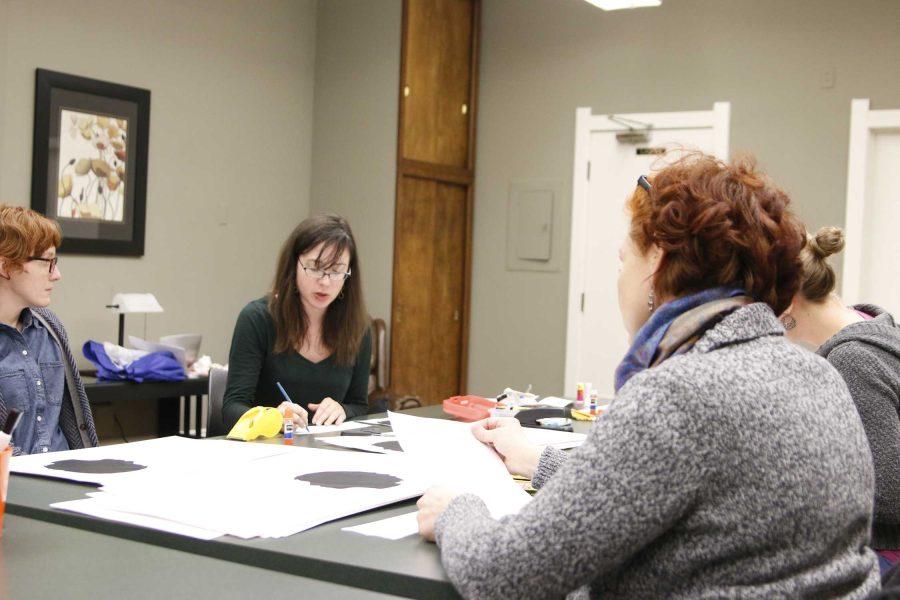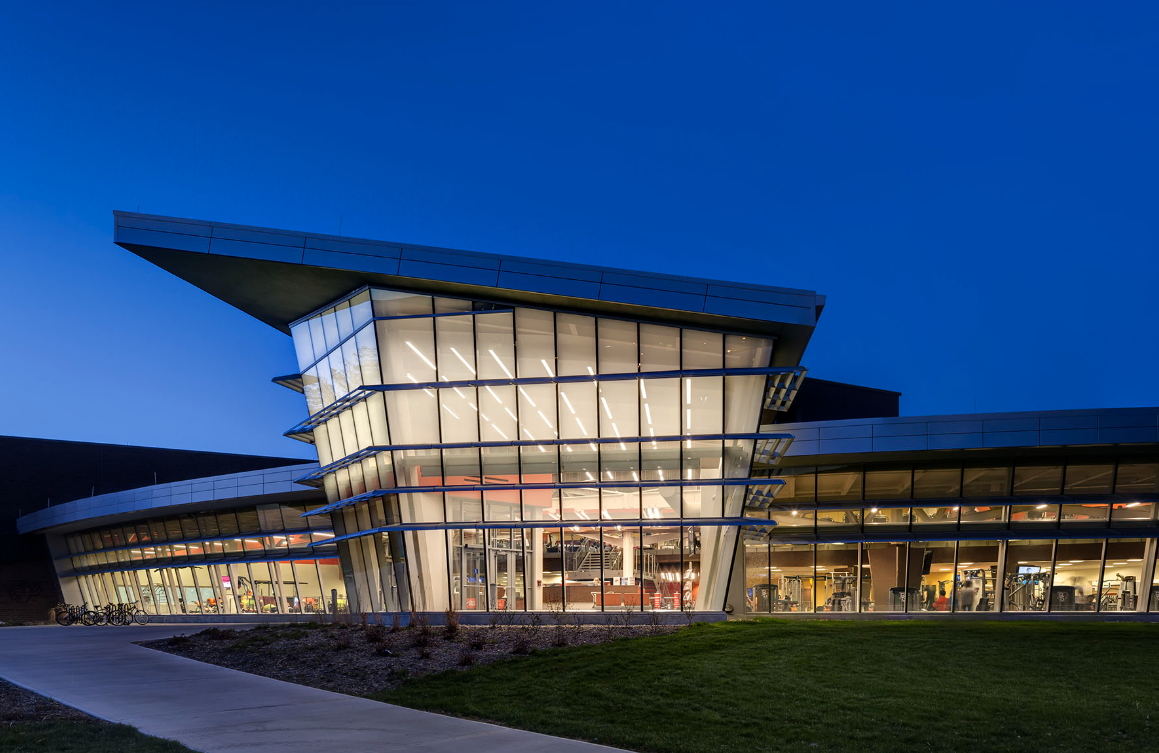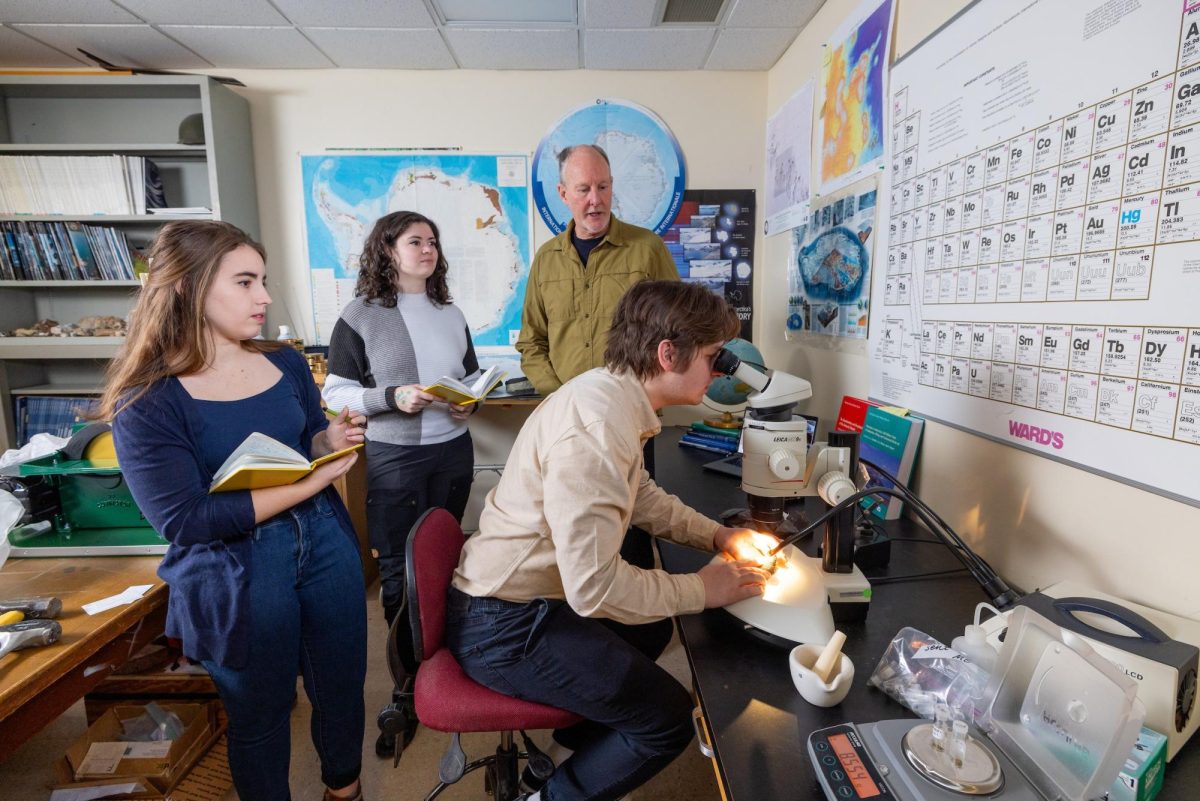Faculty, students and community members will be protesting the University’s decision to cut 30 faculty during the Board of Trustees meeting Friday.
The protestors will hold signs with silhouettes on them representing each faculty member whose contract will be terminated and their contribution to the University, said David Jackson, president of the Faculty Association.
“It’s all about accountablity,” Jackson said. “It will show the terrible consequences of the terrible decisions of the administration.”
Jackson and roughly 10 other faculty and students made signs and called people to join their cause Thursday night at the Faculty Association Headquarters on Main Street above Finder’s Records.
The protesters will be standing in the hallway before the meeting with their signs. The meeting starts at 1:30 p.m. in Union 308. They will be present during the meeting for roughly an hour and will leave after the constituent reports, Jackson said. He’s hoping to have roughly 100 protestors show this year.
While 30 non-tenure faculty were notified of their contract non-renewals, there are 12 additional faculty not returning who were on one-year, non-renewable contracts, said David Kielmeyer, University spokesperson. Kielmeyer said the 12 faculty were aware of their short term employment because the contract stated they would be working for one year.
Kielmeyer could not comment on how the administration would react to the protest.
“They certainly have the right to do that,” he said.
The initial 30 reductions will save the University roughly $1.4 million, Kielmeyer said.
The contract non-renewals were made due to declining enrollment trends, he said. Of the 30 initial non-renewals, 26 are from the College of Arts and Sciences.
Kielmeyer said the deans of each college consulted with directors and chairs of each department to see where cuts could be made.
“It was based on the needs of the program, student needs and class demand,” he said.
For example, if two faculty taught two different sections of the same class, but neither were filled to capacity, the idea was to combine those sections into one class, taught by one faculty member, Kielmeyer said.
The reductions this year are in the wake of the 73 non-renewals made last year by the University.
Jackson organized a silent protest last year as well.
With these reductions, faculty have raised concerns that this will increase class sizes and negatively impact students’ education.
“Our belief is that students learn best in small classes,” Jackson said. “Fewer faculty takes away from that experience.”
Some students also feel this will limit their experience.
“It’s not good for the value of my degree or my fellow students,” said junior Michael Hart, who helped faculty make signs and phone calls for the protest. “The administration isn’t thinking clearly and this is not what they should be doing.”
Based on enrollment data, Kielmeyer said that even though the faculty were cut, on average, class sizes increased by just one student.
Though there may not be a significant increase in class size, some departments affected by the non-renewals may have to limit class offerings.
Mathematics and Statistics is losing the most faculty of any department, with five not returning next year— four from the initial cuts and one with the strictly one-year contract.
The department will not be authorizing new sections and the faculty will have to “work hard to compensate and split the workload,” said Kit Chan, department chair of Mathematics and Statistics.
Though the department runs a new $5.65 million math emporium, a facility in Olscamp where students take basic math courses on the computer, it was not the reason for the reductions, Chan said. Because students learn math at different paces, the emporium is meant to capitlize on that, Chan said.
While Chan said the department will remain intact, he is sad to see faculty leave.
“We are called a family,” he said. “We enjoy each other’s presence; we’ve been working together for a while.”
Though the University is trimming the size of the non-tenured faculty, it is looking to fill 14 tenure positions for next fall, Kielmeyer said. Though Kielmeyer was unable to say what departments were looking to hire faculty, the process is currently underway. It also hired 22 tenure faculty for this semester, he said.
Tenure professors cannot be fired from the University without a reason. To get tenure, a faculty member must go through a six-year process where they produce research, receive good feedback from students and undergo a yearly review by their department, according to a Feb. 27 article in The BG News.
“We think it’s important to make a long-term investment in that faculty and program,” Kielmeyer said. “Non-tenure track faculty play a critical role in higher education, however, we’re making a commitment to these programs by hiring tenure track faculty.”
Jackson feels the administration is not showing the proper commitment.
“The numbers don’t show that at all,” he said. “There are 72 less faculty than last year. If the University had it’s way, we’d all be adjunct so they could fire us at the drop of a hat.”














